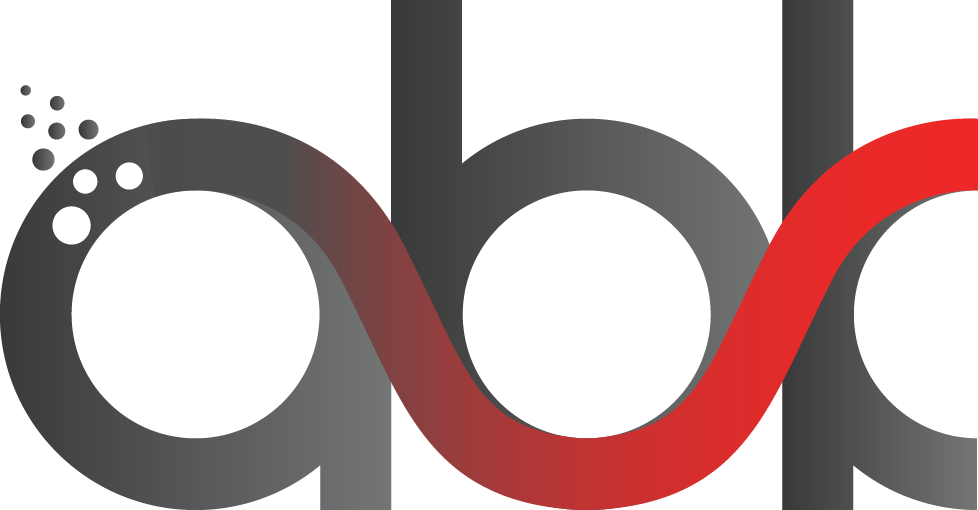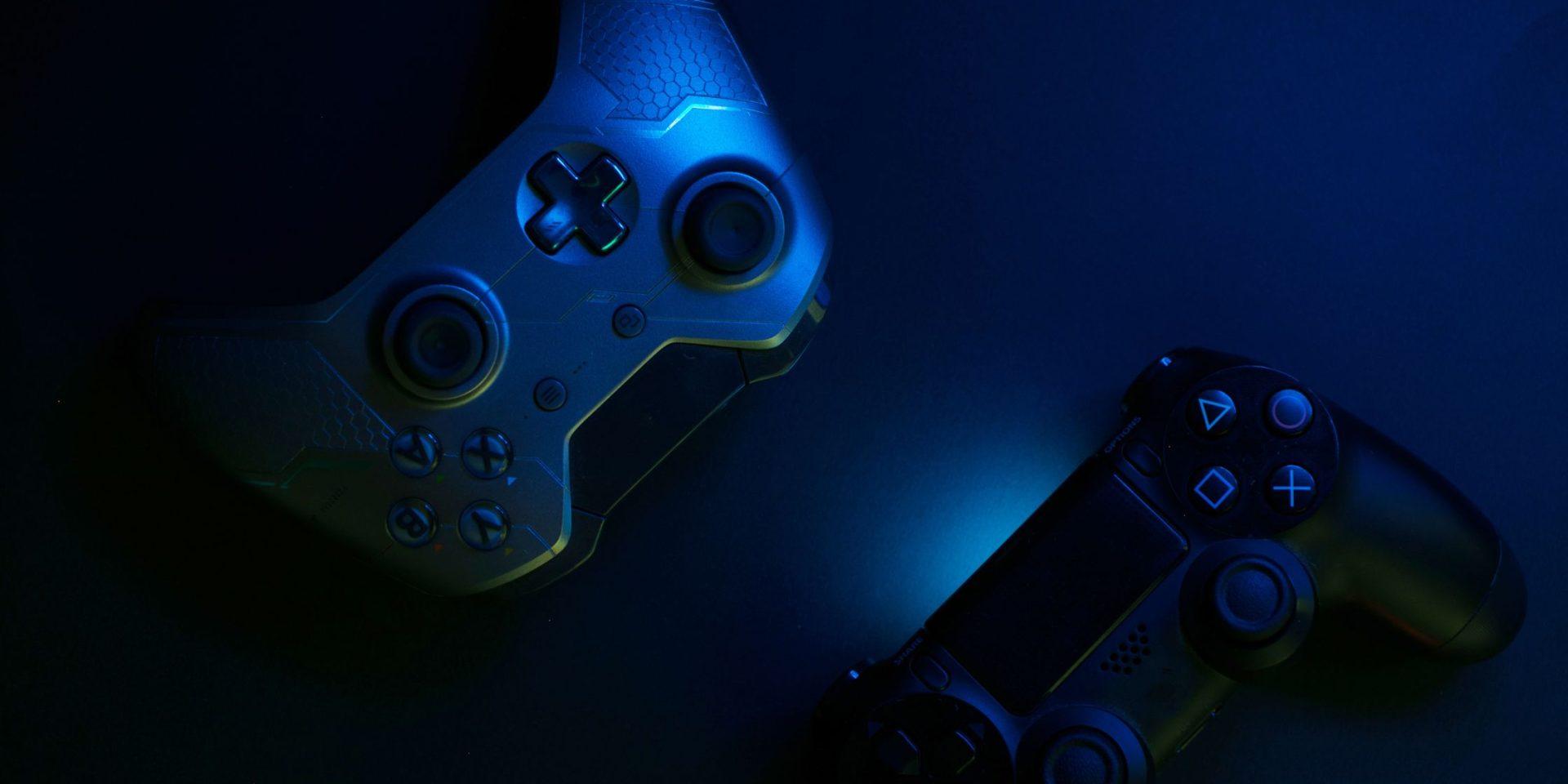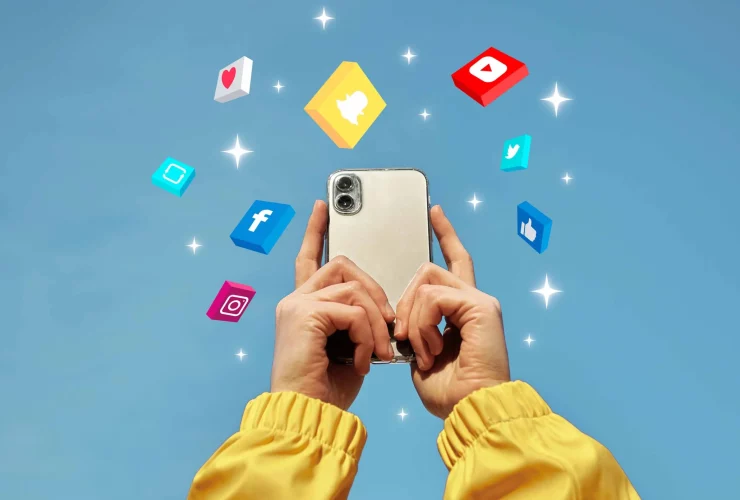Your Ultimate Marketing Gamification Guide
Gamification means integrating gaming elements into non-gaming mechanisms to create a game-like competitive experience to engage users and motivate them to achieve desired results.
The game-like elements include badges, spinning wheels, quizzes, actual games, polls, loyalty cards, rewards, and more. This way, gamification architects human behavior to foster productivity, innovation, and engagement.
Gamification can be used anywhere in your business environment, including working methods, employee engagement, HR, sales, and marketing.
Well, gamification in marketing is the most effective among all. As we at ABK say: Marketing pauses your eyes, but gamification in marketing stays in your head.
Let us explain marketing gamification in detail:
What is Marketing Gamification?
In the context of traditional marketing, gamification means using a game template to promote brands, products, or services, while offering rewards at the end of the campaign, all in the form of generic physical handouts.
In terms of digital marketing, gamification means integrating all gaming elements into your website, app, email, or social media to create a more engaging user experience for your brand.
Marketing gamification (whether traditional or digital) carries a sense of competition inherent to the campaigns, which motivates users to interact more with them and unlock more achievements or earn rewards.
Let us give you some examples of how you can gamify your marketing campaigns:
KFC Shrimp Attack
KFC Japan used gamification to market its new product on the menu – Shrimp. It rolled out a basic online game – Shrimp Attack, where users save the KFC headquarters from attacking strips, score more points and get the discount vouchers in return.
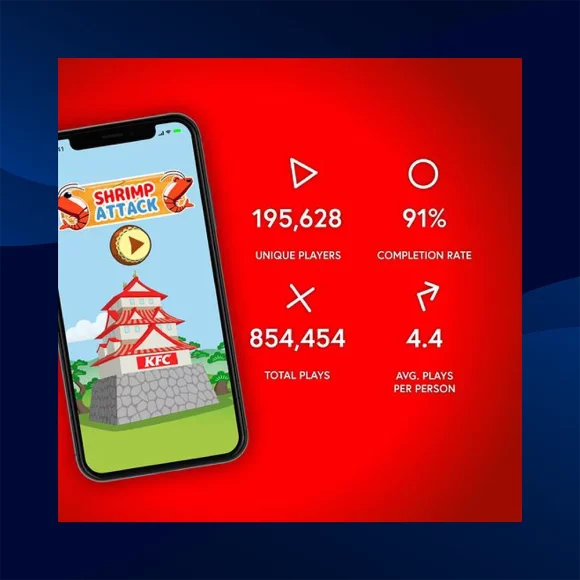
Credit: gamify.com
KFC shared the game link on its social media, and then it went viral in terms of shares and plays. In terms of marketing, this campaign was successful as it attracted over 800,000 players with 600 hours of playtime for KFC.
Also, KFC had to stop this campaign halfway through, as they ran out of their product – Shrimp, due to its high demand.
M&M Eye-Spy Pretzel
M&M rolled out a silly game – Eye-Spy Pretzel to increase user engagement on its social media page. In this game, users had to find a hidden small pretzel among the lots of candies.
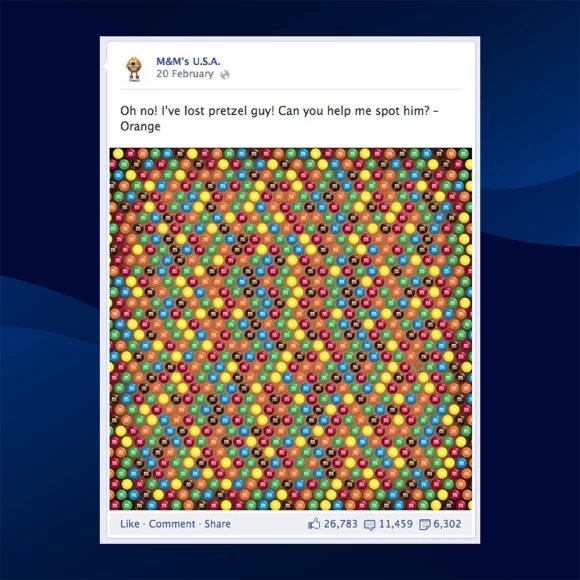
Credit: digitaltrainingacademy.com
Without a doubt, this campaign was successful. It brought over 26K likes, 11K comments, and 6K shares. The primary reason behind this successful campaign was that it reminded people of their childhood and motivated them to share it with their friends.
Nike Fuel
Nike launched its application Nike+ in 2012 and indulged in a popular gamified sport.
Through its popular Nike+ Fuelband, users can monitor their fitness in the form of statistics, including the number of steps, calories burnt, and more, displayed on the integrated Nike+ app.
The app also provides feedback to each user on how close they were to achieving their health goals and celebrates the goal completion with the cartoon character.
Users can also challenge their friends to take the fitness challenge and see their progress via the Nike+ App, which elevated the number of social shares of the app.
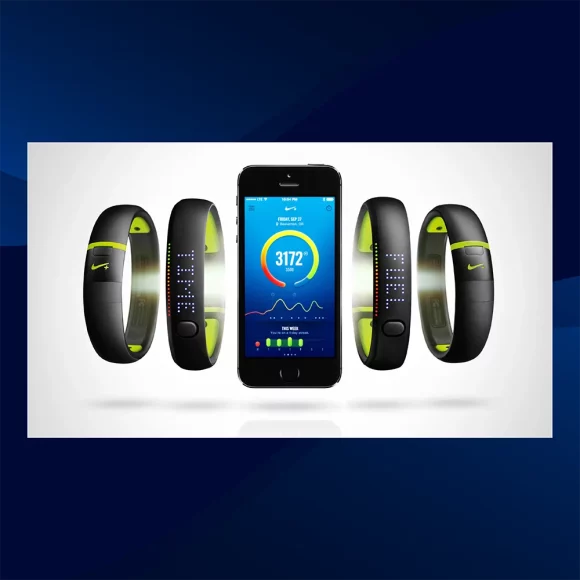
Credit: nike.com
In a way, Nike does not only drive some marketing campaigns but also brings lifestyle changes to their users towards living a healthy lifestyle, and that is what successful marketing gamification looks like.
The results of the campaigns were remarkable. In 2011, there were 5 million users for the Nike + Fuelband. But in 2013, this number reached 11 million, all thanks to the gamified Nike+ App.
My Starbucks Rewards
Starbucks is well-known for its personalized marketing campaigns. My Starbucks Rewards is such personalized marketing campaign by the company, which also utilizes gamification.
Through this tactic, Starbucks enhances its user experience while boosting sales. Users have to register themselves for the My Starbucks reward through the Starbucks app. Then they get stars on every purchase at Starbucks.
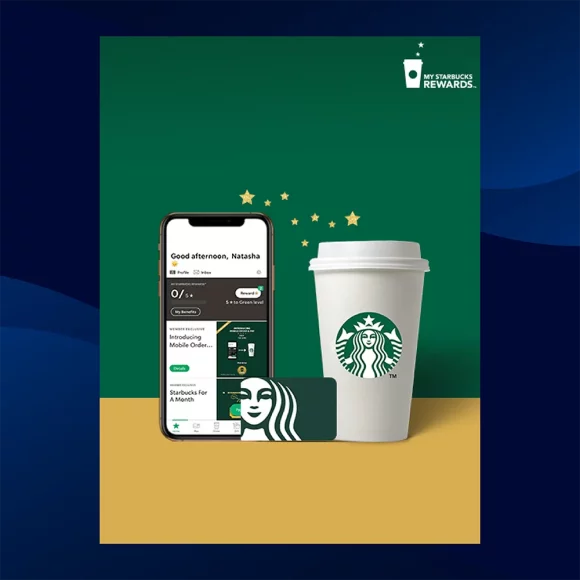
Credit: starbucks.in
The app also provides different levels to users depending upon their degree of loyalty. In the end, Starbucks gives users an extra cup of coffee, birthday gift offers, or other customized offers in exchange for their accumulated stars.
The results of this campaign are astonishing. In 2012, My Starbucks users reached 4.5 million. Ans in 2016, 25% of all Starbucks purchases in the USA came through the app.
Benefits of using Gamification in Marketing
In 2019, the global gamification market size was at $7.98 billion, which is expected to reach $30.7 billion by 2025, according to Markets and Markets.
And do you know that the critical drivers of this growth rate are: corporate rewards & recognition programs to boost employee engagement and gamified marketing campaigns to increase user engagement.
Well, if companies are investing high in marketing gamification, then there must be some outstanding benefits as well, so let us highlight the benefits of marketing benefits:
Reach a wider audience
Marketing gamification helps you reach a new audience as these campaigns generally have a higher shares rate. Also, through gamification, you can reach out to specific userbases, such as Gen Z, which responses more to the game than anything else.
Increased engagement & loyalty
Marketing gamification increases engagement to your campaigns, website, app, emails, social sharing, and more, depending upon your campaign outreach medium.
Also, these campaigns go beyond just selling and engagement. They drive users for your brand and create a better relationship concerning brand loyalty.
Enhanced user experience & CTR
Gamification enhances user experiences through your marketing campaigns, which, in turn, affects the CTR. In short, with marketing gamification, you can drive users to achieve your desired results, including profile completion, more shares, app downloads, more sign-ups, making purchases, and many more.
Ethical collection of user data
Gamification in marketing helps you collect some crucial data of your customers, through which you can create & design better campaigns in the future.
Also, it is an ethical way to collect user data as users willingly share their personal information (i.e., contact details, interests, product preferences, and more) to get the rewards (i.e., points, discounts, badges, cashback, and more).
A highly cost-effective form of marketing
Gamification in marketing is a simple & cost-effective way to achieve your desired results.
Because, unlike SEO & SMM, you do not need to decode the complex algorithms, and unlike SEM, you do not need to pay an ample amount to achieve your marketing goals.
Research and understand your audience
Before you roll out your gamified marketing campaign, it is crucial to know your audience.
Because there are various techniques for marketing gamification, but you need to understand your audience to roll out the best one that drives more user engagement and helps you achieve your goals.
Apart from knowing your audience, you can analyze your competitors to know which tactic they are using and analyze user responses on their campaigns to derive the best conclusion for your marketing gamification strategy.
Make your campaigns simple and fun
Simplicity is the key to successful marketing gamification. In the above examples, you must have seen that well-known brands also use the simplest games in their marketing campaigns.
The reason here is that we all live busy lives, and we do not have time to solve complex problems. However, a simple yet fun game can reward users with a few points or anything then they are most likely to drive for that.
For marketing gamification: simple is fun, and it works the best.
Promote your campaign
It is important to promote your gamified marketing campaigns. It is the most crucial way to reach more people and new users. Also, gamified promoted campaigns mark the highest engagement rates.
Give users small prizes
It is important to give your users small prizes at the end of the gaming experience as they are giving you their precious time by engaging with your campaign.
Also, it is demotivating for users when they find they have solved the game or do something you have asked for in return for nothing.
Most importantly, it may impact the results of your future marketing campaigns and brand loyalty.
Allow users to share their experiences
Allowing users to share their experiences through your campaign builds trust between them. Also, you can analyze their feedbacks to create more successful campaigns in the future.
In the end, Marketing Gamification is not just about doing it, but doing it right!
As mentioned, we live in a highly occupied era. So, the customers try to escape from the brand endorsements and advertisements to live peacefully.
This way, it becomes difficult for marketers to communicate with the audience. So, the brands compete fiercely to gain the attention of their audience.
Gamification here becomes very helpful to bridge the gap between customers and marketers. By giving digital or physical rewards, gamification in your marketing campaigns creates a positive experience for users. And ultimately, marketing gamification builds brands loyalty and drives conversions.
Let ABK meet your marketing gamification needs! Feel free to reach out to us if you have any doubts regarding marketing gamification or digital marketing in general.
